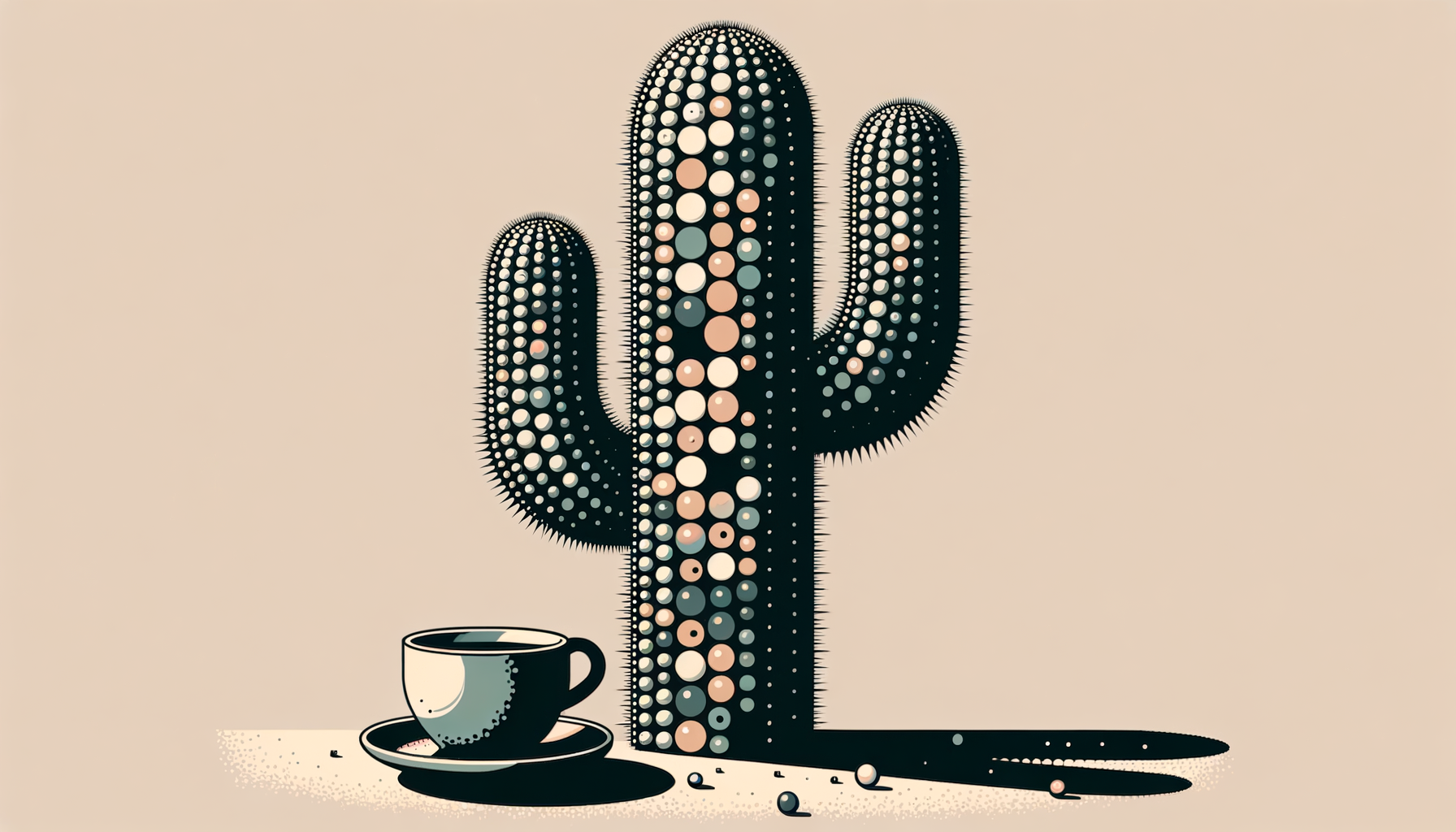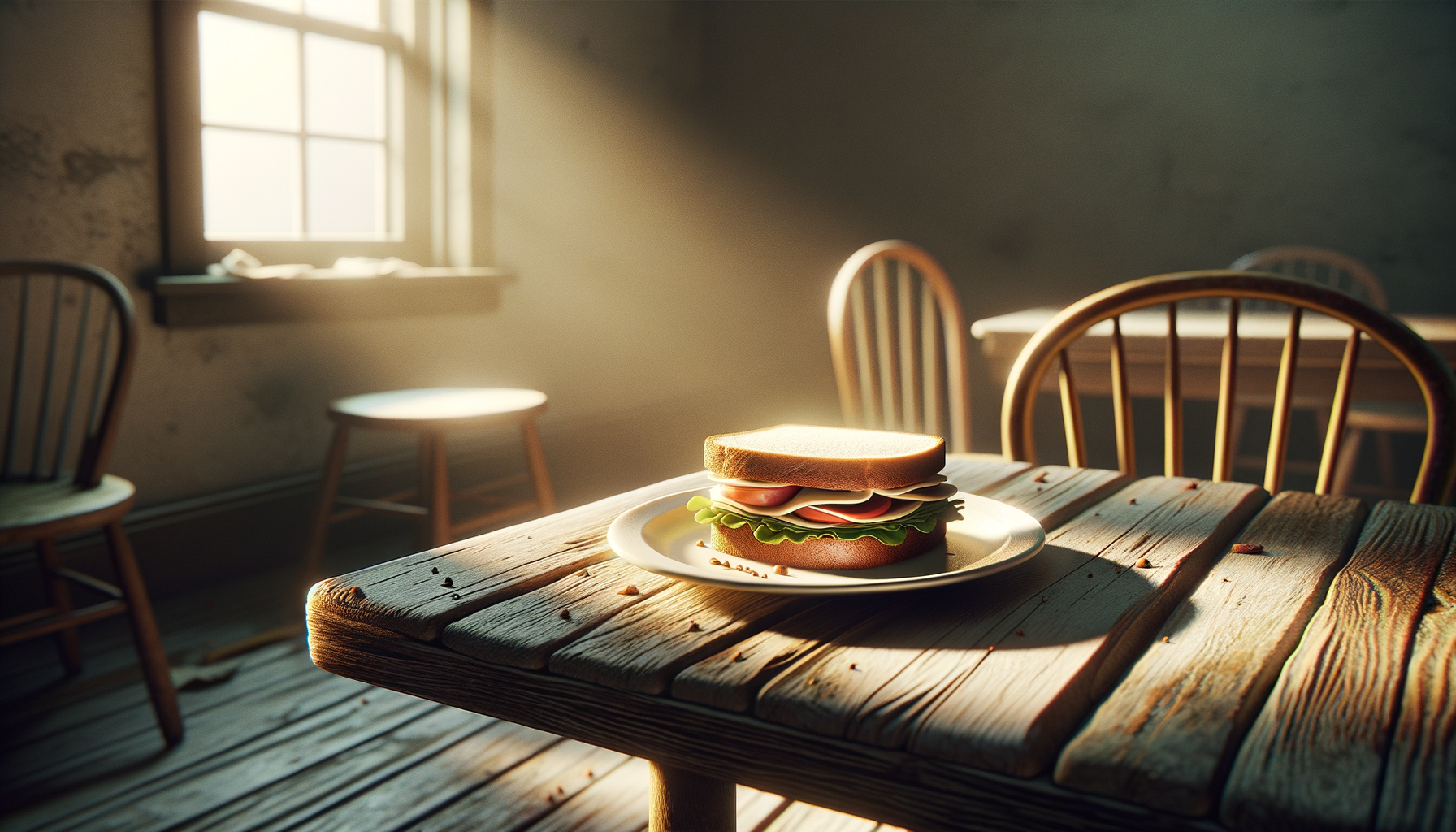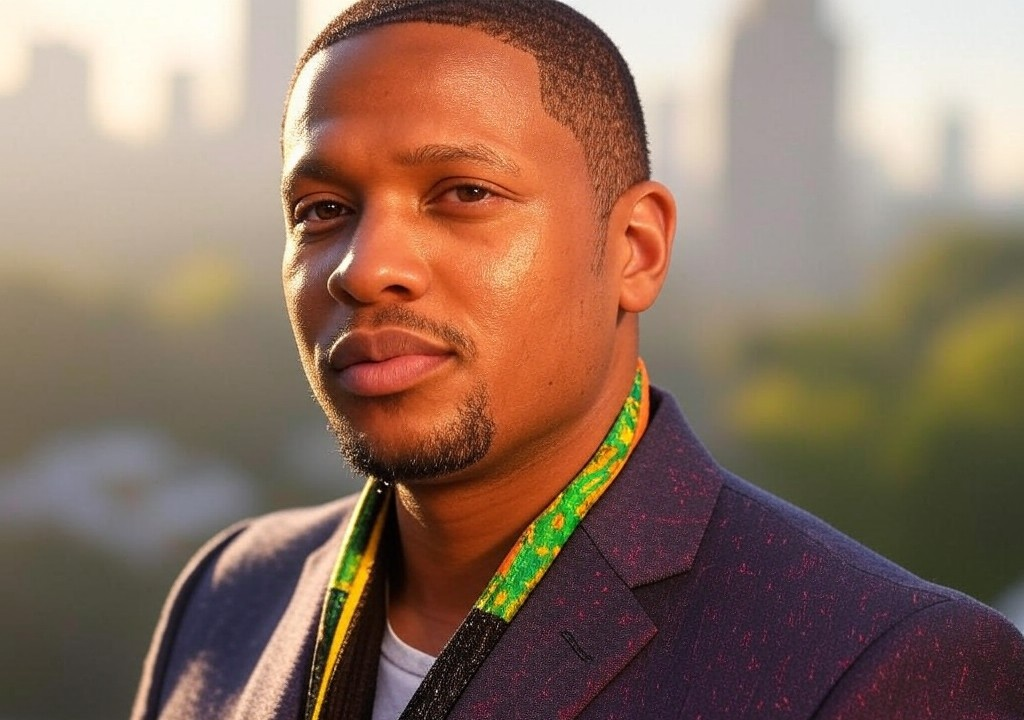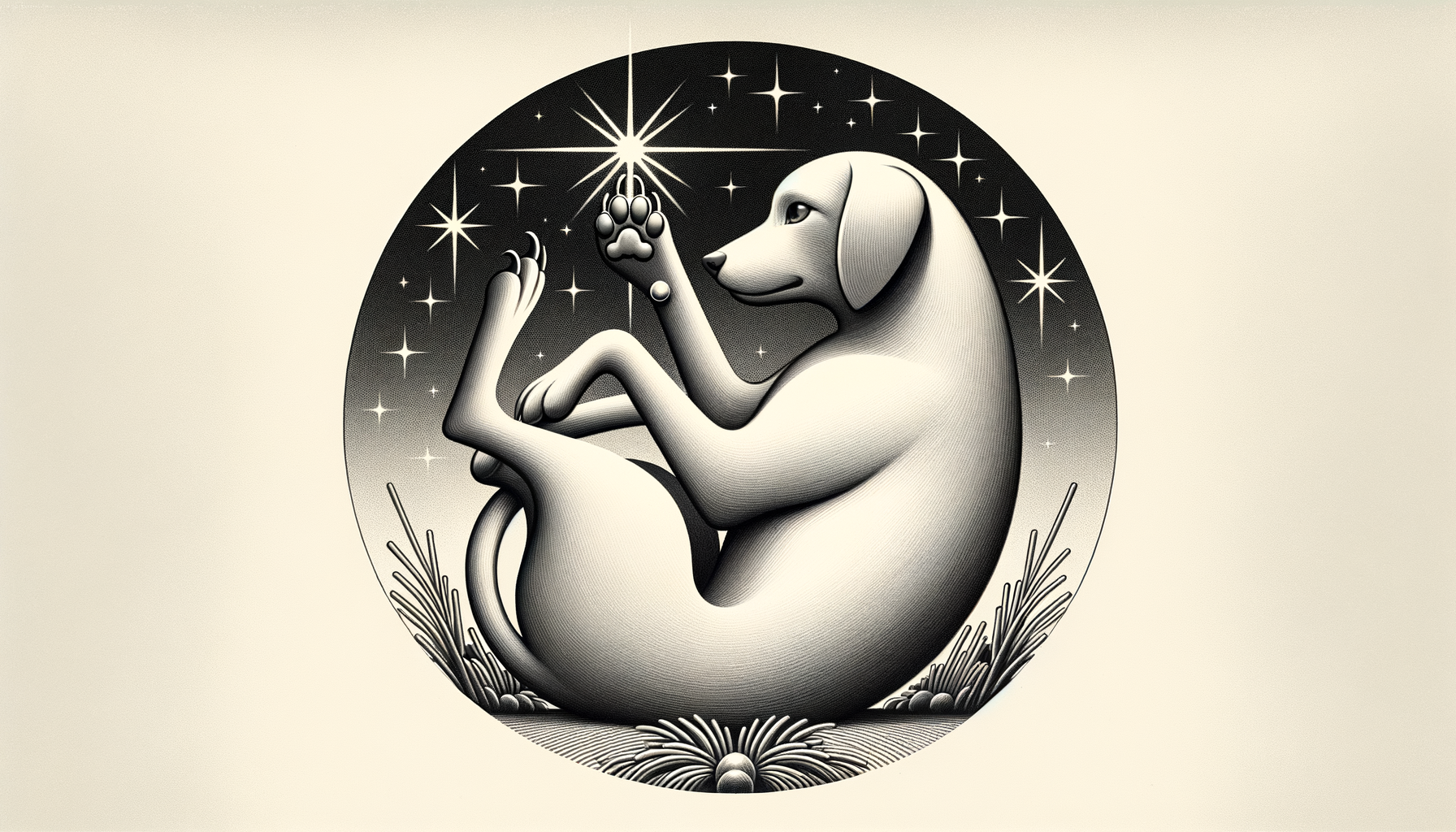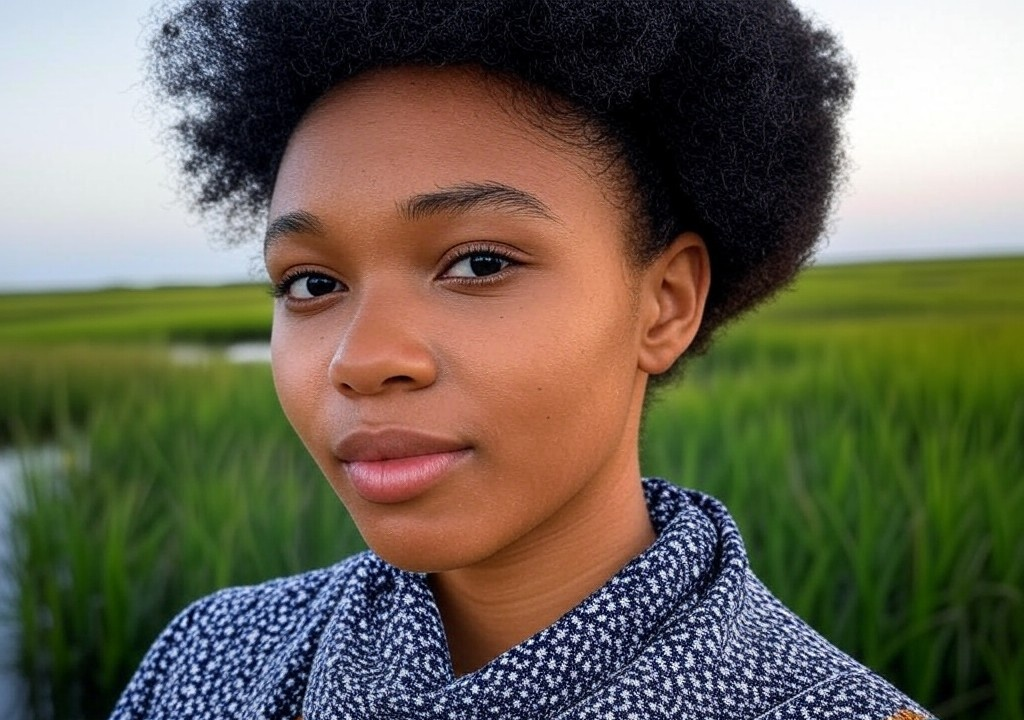Growing up, my family had a catchphrase. It wasn’t something we stitched on throw pillows or engraved on plaques, but it might as well have been. My mom, dad, and even my older sister would say it with reverence like they’d just handed you the Secret to Life on a gold-plated serving tray: “A cactus survives because it’s tough.”
This little pearl of wisdom was trotted out during soccer losses, failed math tests, and, memorably, the time I was dumped via a Post-it note in tenth grade. My parents leaned into it, teaching me resilience by preaching the virtues of grit and independence. The cactus, they said, didn’t lean on anyone—it rose alone in the desert sun.
I carried the family mantra like a badge of honor… until, well, I didn’t.
Here’s the thing: It’s one thing to be resilient. It’s another to convince yourself, as I did for years, that toughness is the only way to survive. Turns out, that philosophy can get a little isolating—and downright dangerous—when applied to relationships. You can’t out-stubborn loneliness or out-thorn your way to connection. Eventually, I had to unlearn the myth I was taught and reimagine what “strength” actually means.
The Desert Doesn’t Lie
For anyone who hasn’t spent significant time in Arizona, let me let you in on a secret: The desert isn’t an endless sea of beige nothingness. It’s dynamic, alive, and quietly bustling with life—if you know where to look. That’s what makes the cactus so, well, iconic. The towering saguaros, the bright bursts of prickly pears—they stand as proof of nature’s resilience.
Growing up, I took this metaphor a little too seriously. To my teenage mind, being a “cactus” meant never showing vulnerability. Got overlooked for the varsity golf team? Tough it out. Best friend suddenly dropped me from her AIM buddy list? Must be a character-building exercise from the universe. These little moments were packaged neatly in a box labeled, “Handle It Yourself.”
But the desert, much as my family loved to wax poetic about it, tells a much more nuanced story. Sure, cacti are tough, but they’re also part of an ecosystem—one that relies on collaboration. Bees, bats, even the occasional monsoon all play a role in keeping things in balance. Hell, saguaros grow their most robust when they’ve got a “nurse tree” to protect them as seedlings. Nature, it turns out, doesn’t do solo acts.
Loneliness in the Name of “Strength”
It wasn’t until adulthood that I really started feeling the weight of the cactus myth. After my MBA, I landed a decent apartment in Phoenix and took a job with a promising tech start-up. On paper, everything looked perfect. Sure, I wasn’t exactly flooded with invitations to rooftop mixers, but I figured my independence was, you know, a good thing. The cactus survives, right?
But something about coming home to an empty apartment, heating up sad Trader Joe’s burritos before collapsing on the couch to watch Shark Tank reruns alone… well, it started to wear thin.
The turning point came after a breakup with someone I honestly thought could be the one. We had been together for about six months when my inability to let anyone “in” finally put the brakes on the relationship. “I feel like you’re trying to win this thing,” she said while breaking up with me over coffee, fully ignoring her untouched almond milk latte. “Relationships aren’t a competition, Nate.”
She wasn’t wrong. Somewhere along the way, I’d built an armor so thick, nobody could manage to scale it. My “strength” looked a lot like emotional unavailability. I wasn’t surviving—I was stagnating.
Redefining Resilience
After the breakup, I decided to rethink my cactus-inspired worldview. The first thing I had to admit? Resilience doesn’t mean solitary. That notion—that you can only rely on yourself—might look cool on a movie poster, but in the day-to-day world of relationships, it’s a recipe for missing out on connection.
Here’s what really clicked for me: True resilience isn’t about never needing anyone. It’s about having the courage to open yourself to others, even when it feels a little scary or unfamiliar. A cactus stands tall in the desert, but it still takes nourishment from its surroundings. Sun, soil, water—it all matters. Maybe, just maybe, people aren’t all that different.
What I Learned (and How You Can Apply It Too)
Rewriting old beliefs is no easy task, but it’s possible. If you’ve ever been guilty of embracing a “tough it out” mindset, here are a few takeaways I’ve discovered:
1. Vulnerability Isn’t a Weakness—It’s a Strength.
Being open with people is hard, yes, but it’s also one of the strongest things you can do. It’s easy to keep people at arm’s length; it takes real grit to let somebody see the messy, imperfect truth of who you are. Whether you’re starting a new relationship or nurturing a years-long partnership, try letting your guard down that extra inch.
2. Collaboration Strengthens Connections.
Ask for help. Seriously. Whether it’s advice on tackling a work issue or simply leaning on a friend after a bad day, you don’t have to do everything yourself. Healthy relationships—both romantic and platonic—are built on reciprocity. The give-and-take is where connections thrive.
3. Don’t Confuse Independence with Isolation.
Being independent is great. Having your own goals, hobbies, and ambitions sets the foundation for a well-rounded life. But when “independence” becomes a wall preventing meaningful connection, it crosses the line into counterproductive territory. Check in with yourself: Are you shutting people out when you could be letting them in?
4. Strength Means Flexibility, Not Rigidity.
Even cacti bend with the wind, especially during those intense Arizona storms. Strength isn’t about being immovable; it’s about adapting—being willing to grow and challenge yourself instead of clinging to old patterns simply because they feel familiar.
Breaking the Myth
While I’m grateful for my family’s lessons in resilience, I’ve learned to see their advice through a fresh lens. Life isn’t about outlasting the people around you—it’s about connecting with them. And relationships, whether friendships or romances, don’t bloom in emotional wastelands. They grow when you actively nurture them, thorns and all.
Sometimes I wonder if my parents ever had their doubts about the cactus myth they sold me so confidently. Maybe they did, and maybe that’s why they built such a strong network of friends around them as they got older. Either way, I like to imagine they’d be proud of the way I’ve adjusted it to fit my life. Because here’s the truth: The cactus doesn’t survive just because it’s tough. It survives because it knows how to receive from the world around it.
And you know what? So do I.



